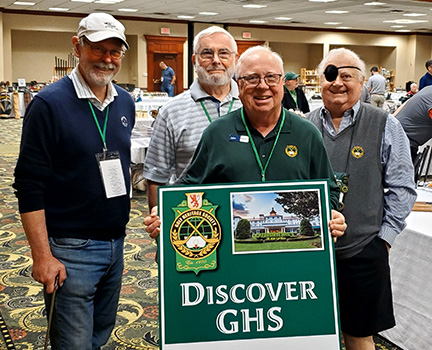Restricted To Members Only
PLease Login Or Sign Up For An Account
Why Join The Golf Heritage Society?
Members also have access to the quarterly magazine, The Golf, both online and in print. Modern initiatives find GHS members seeking greater partnerships with fraternal societies, an outreach to junior golfers, such as The First Tee program, that they might be introduced to the great history of the game, a greater presence through social media, and a revitalized overall approach to its mission of serving the history of the game.

